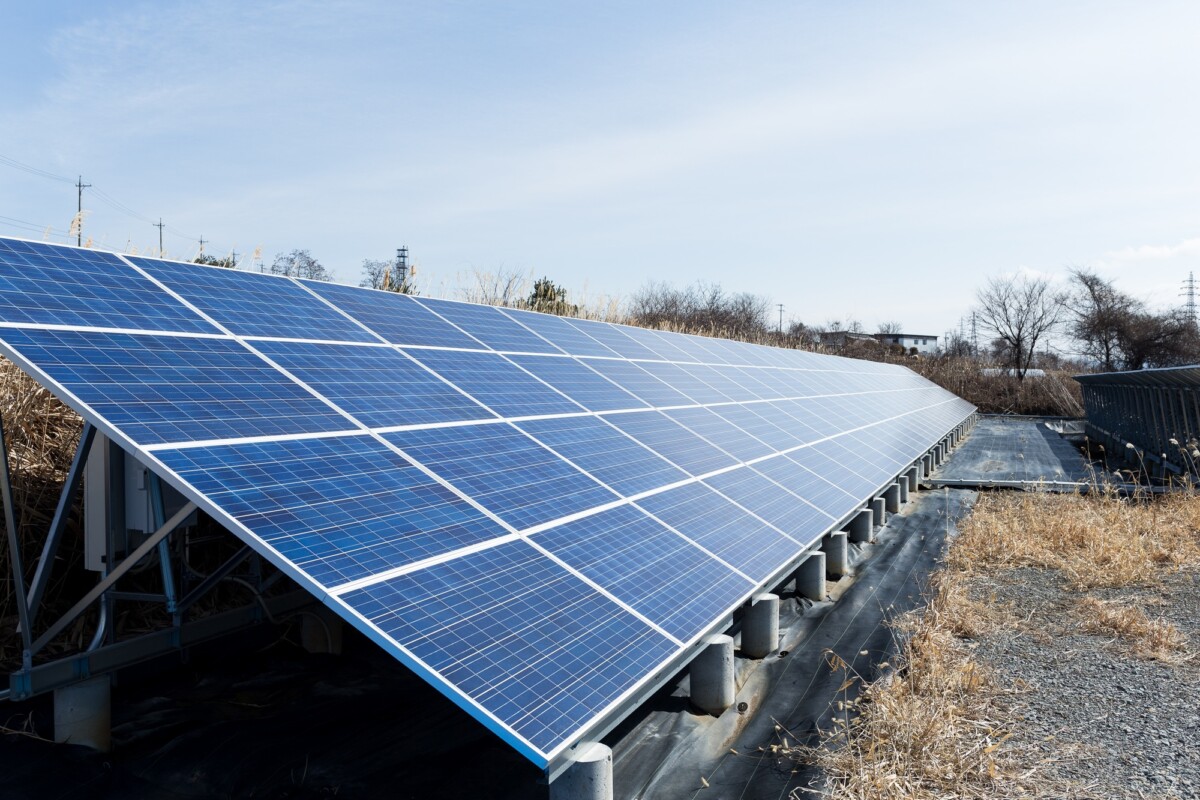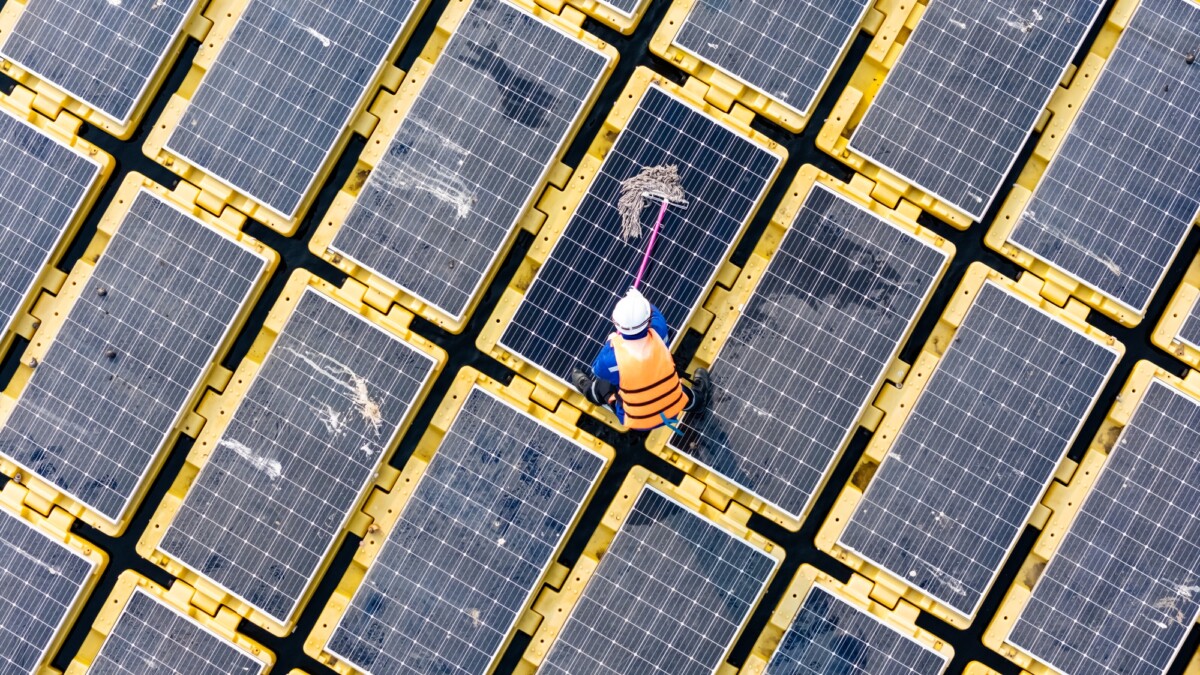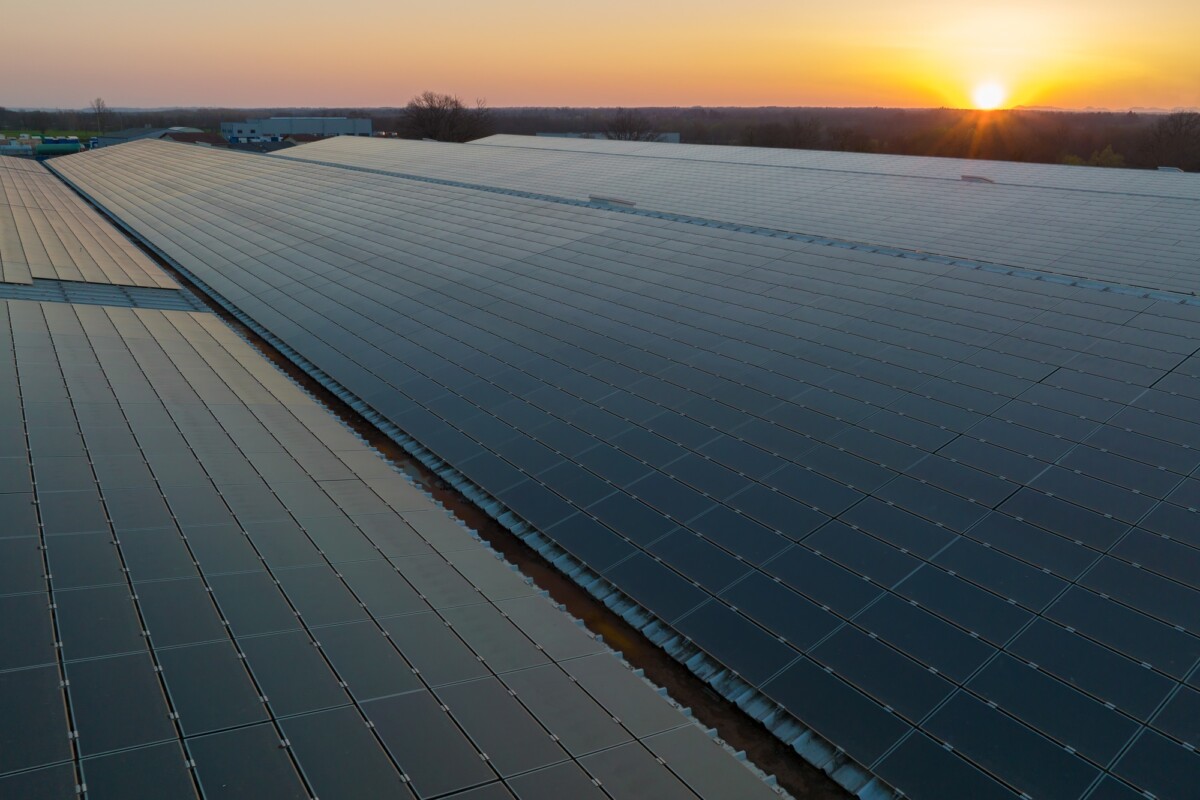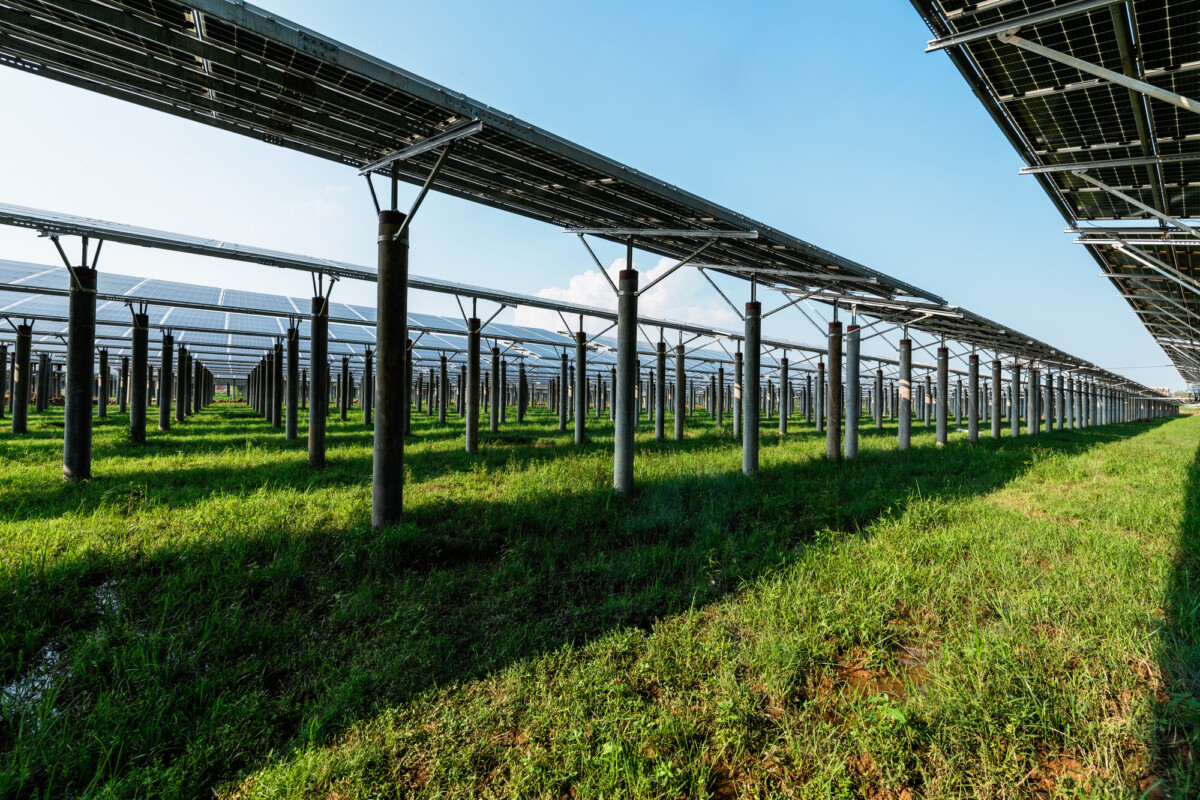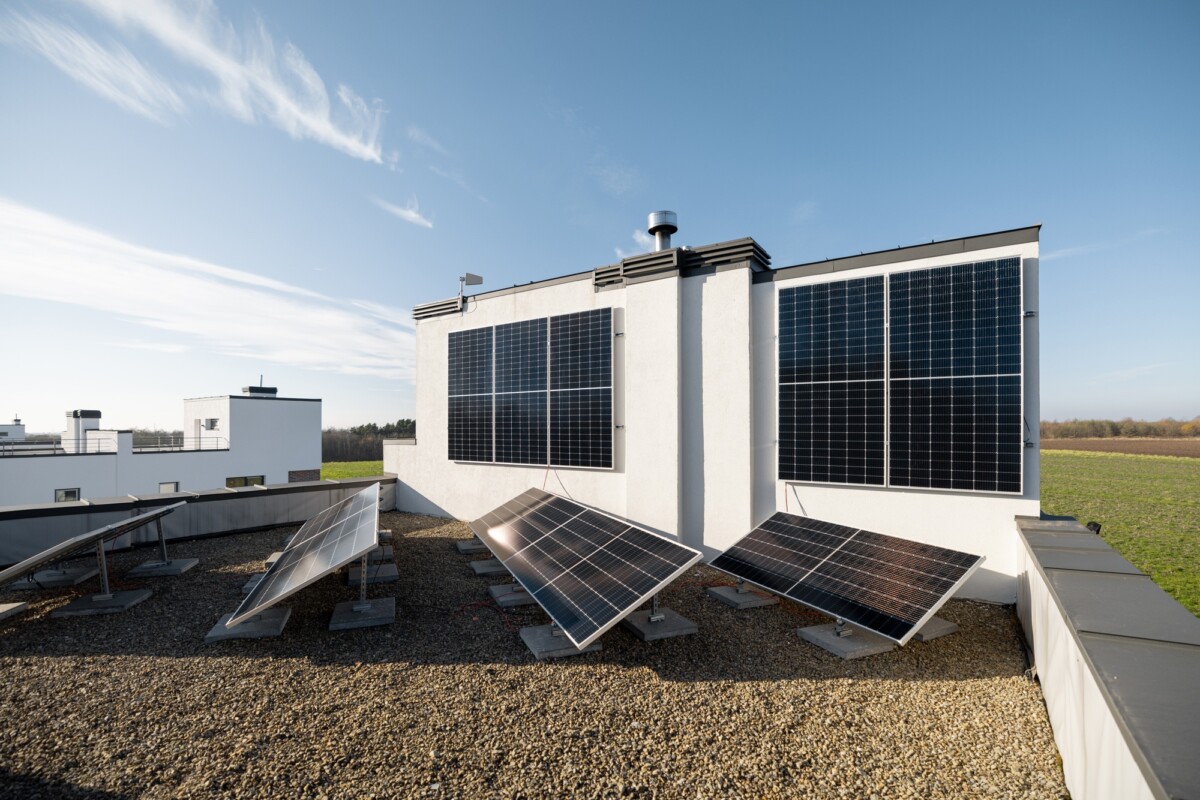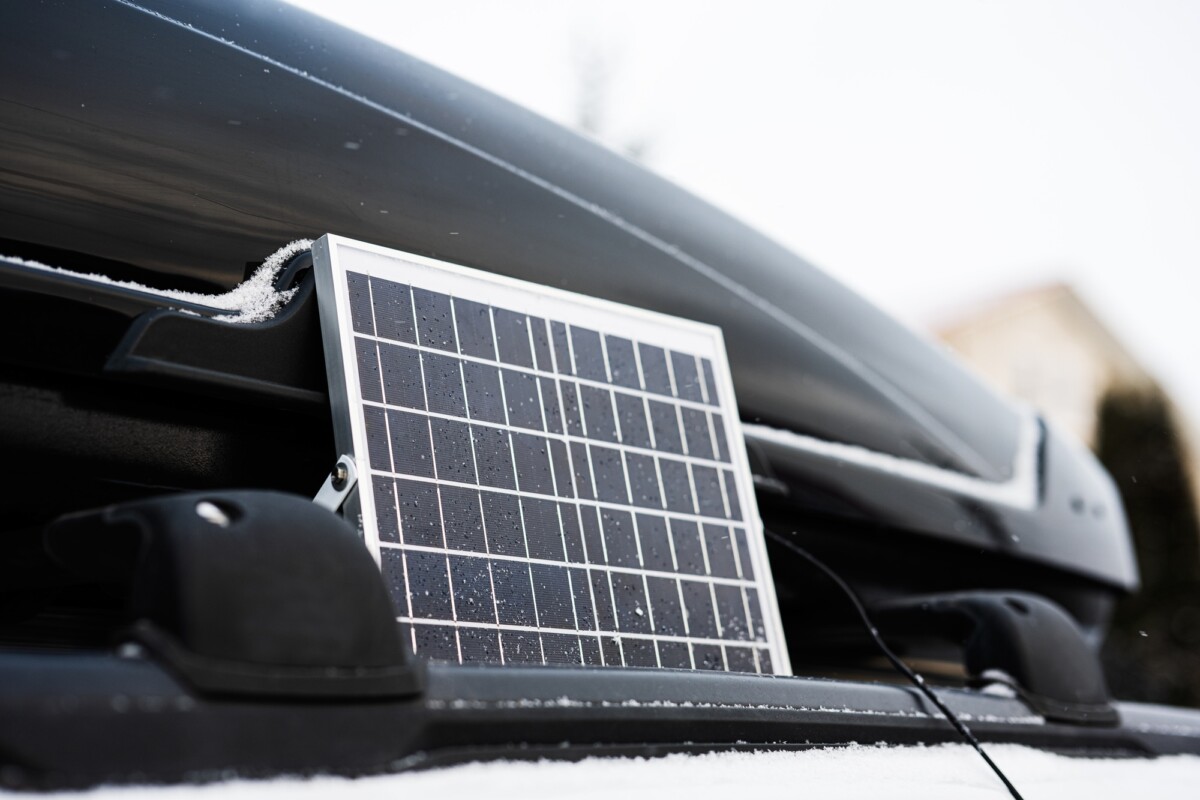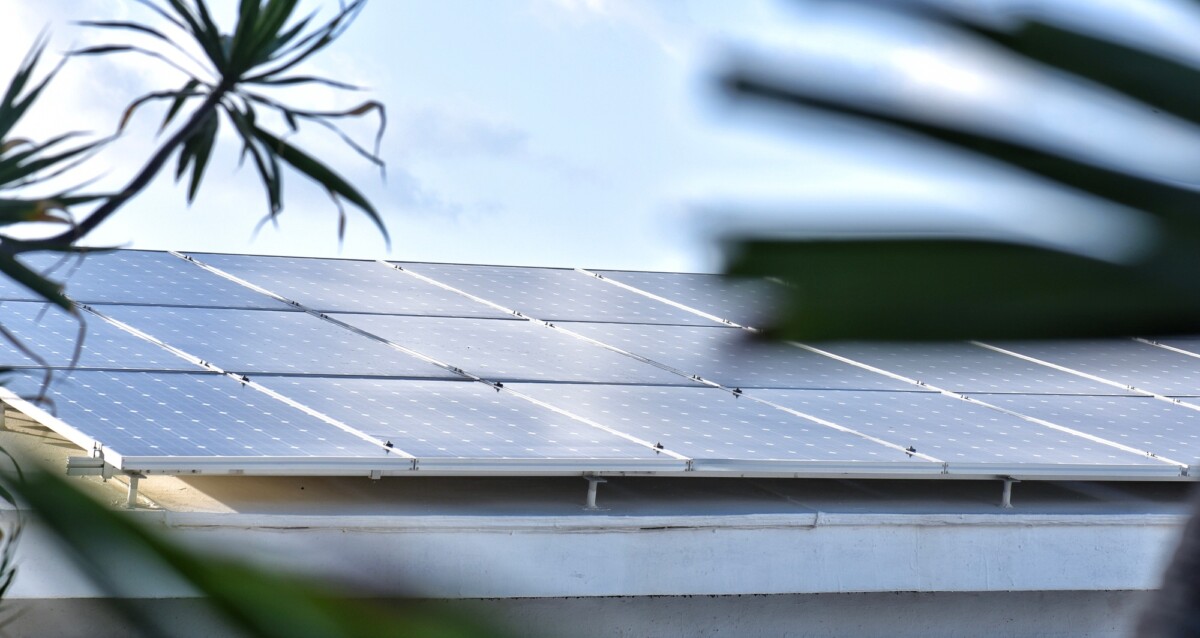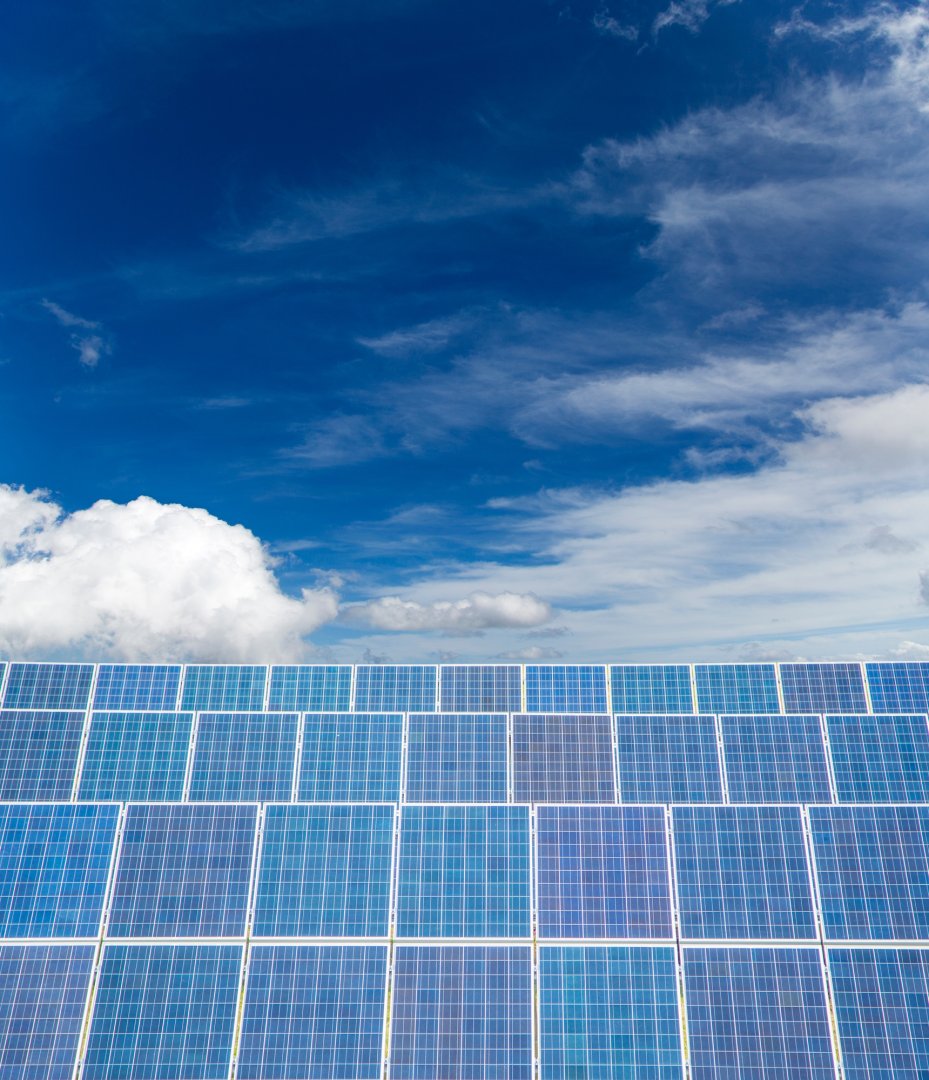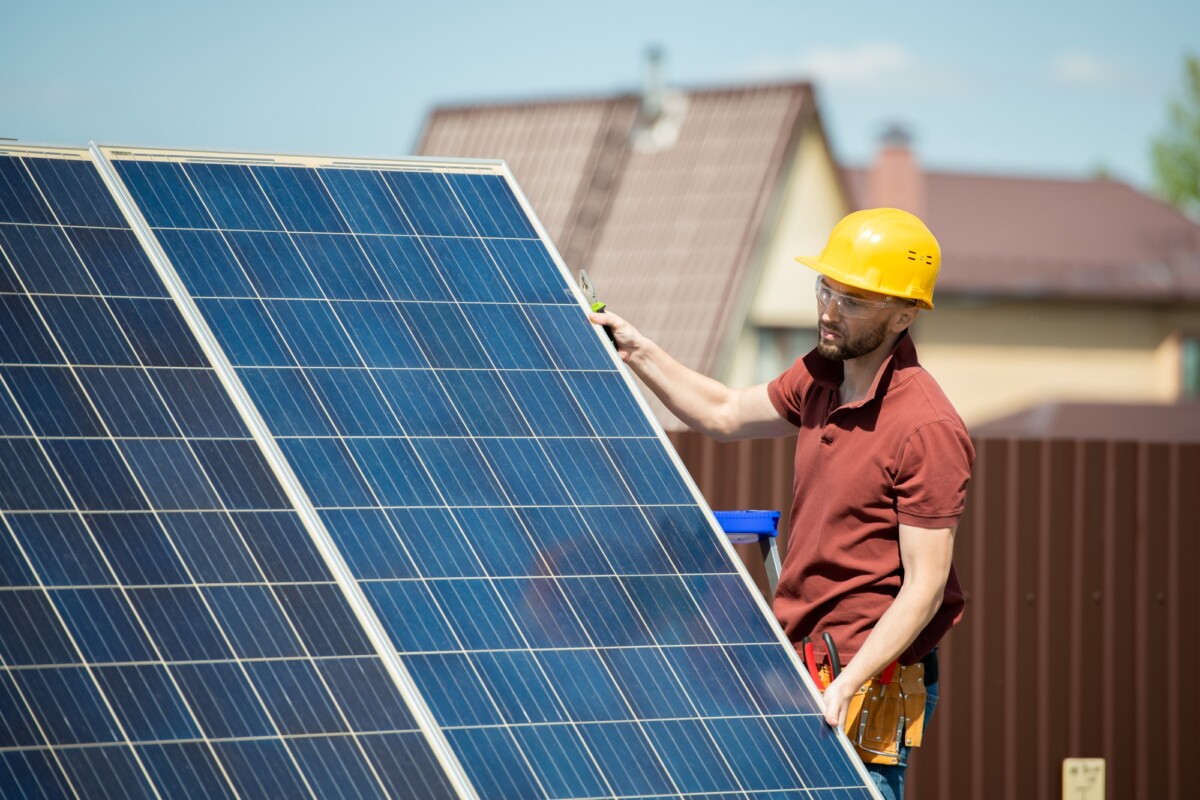Imagine harnessing the sun’s energy with panels so lightweight and flexible that they can be installed almost anywhere. This is the promise of thin-film solar technology, a revolutionary advancement in renewable energy. While traditional solar panels are bulky and rigid, thin-film options offer a versatile alternative. However, with so many choices available, finding the best polycrystalline solar panels that meet your needs can be challenging. Let’s explore how thin-film technology is changing the solar landscape.
What Makes Thin-Film Solar Panels Unique?
Thin-film solar panels stand out due to their lightweight and flexible nature. Unlike conventional panels, they can be applied to a variety of surfaces, including curved or irregular shapes. This flexibility opens up new possibilities for solar installations, from rooftops to portable devices. Additionally, they are less affected by shading and high temperatures, making them a reliable choice in diverse environments. Despite these advantages, it’s essential to compare them with the best polycrystalline solar panels to ensure optimal performance and efficiency.
Benefits of Choosing Thin-Film Solar Panels
- Versatility: Ideal for unconventional spaces and portable applications.
- Durability: Resistant to high temperatures and partial shading.
- Aesthetic Appeal: Sleek design that integrates seamlessly with modern architecture.
Transitioning to thin-film solar panels can significantly enhance your energy solutions. By understanding their unique features and benefits, you can make an informed decision that aligns with your energy goals. Whether you prioritize flexibility, efficiency, or aesthetics, thin-film technology offers a compelling option in the quest for sustainable energy.
Why Choose Lightweight Solar Panels for Your Home?
Are you ready to revolutionize your home’s energy efficiency? Discover the best thin-film solar panels, known for their lightweight and flexible design, offering a seamless integration into your home. The problem many homeowners face is the cumbersome nature of traditional solar panels, which can be heavy and difficult to install. However, with thin-film solar panels, you get a promise of easy installation and adaptability, making them an ideal choice for various roof types and structures.
When considering solar options, lightweight panels stand out for several reasons.
- Ease of Installation: Unlike traditional panels, these are easier to handle and install, reducing labor costs and time.
- Versatility: Their flexibility allows them to fit unconventional roof shapes, providing more installation options.
- Aesthetic Appeal: With a sleeker design, they blend seamlessly with your home’s architecture.
Additionally, while exploring the best polycrystalline solar panels, it’s important to note that thin-film options offer a unique advantage in weight and adaptability, making them a smart choice for modern homes.
Comparing Thin-Film and Best Polycrystalline Solar Panels
In the quest for sustainable energy solutions, thin-film solar panels have emerged as a game-changer, offering lightweight and flexible options that cater to diverse needs. However, with so many choices available, how do they stack up against the best polycrystalline solar panels? Understanding the differences can help you make an informed decision that aligns with your energy goals and budget. Thin-film panels are known for their adaptability, making them ideal for unconventional surfaces and portable applications. But, are they the right fit for your needs?

Ready to make the switch? Discover how solar power can lower your bills and boost your home’s efficiency. Get a Free Solar Estimate at FREE SOLAR POWER QUOTES
Let’s dive into the specifics.
Key Differences
- Flexibility and Weight: Thin-film panels are significantly lighter and more flexible than polycrystalline panels, making them suitable for roofs that can’t support heavy loads or for mobile installations.
- Efficiency and Cost: While polycrystalline panels generally offer higher efficiency and are cost-effective for large installations, thin-film panels excel in low-light conditions and can be more affordable for smaller, niche applications.
By comparing these two types of solar panels, you can weigh the benefits of flexibility and efficiency to determine which option best suits your energy requirements. Whether you’re looking for the best polycrystalline solar panels for a large-scale project or exploring thin-film for its versatility, understanding these differences is key to optimizing your solar investment.
Top Benefits of Flexible Solar Panels for Modern Living
Imagine harnessing the sun’s energy with ease and efficiency, thanks to the best polycrystalline solar panels available today. The problem many face is the rigidity and weight of traditional solar panels, which can limit installation options and aesthetic appeal. However, the promise of thin-film solar panels lies in their lightweight and flexible nature, offering a versatile solution for modern living. These innovative panels can be seamlessly integrated into various surfaces, making them ideal for both residential and commercial applications.
Advantages of Flexible Solar Panels
- Lightweight Design: Unlike traditional panels, flexible solar panels are easy to transport and install, reducing labor costs and time.
- Versatile Applications: Their adaptability allows for installation on unconventional surfaces, such as curved roofs or portable devices.
- Durability and Efficiency: Despite their thin profile, these panels are designed to withstand harsh weather conditions while maintaining high energy output.
Transitioning to flexible solar panels not only enhances energy efficiency but also supports sustainable living, making them a smart choice for eco-conscious consumers.
How Do Thin-Film Solar Panels Work?
Are you curious about the latest advancements in solar technology? Thin-film solar panels are revolutionizing the way we harness solar energy, offering lightweight and flexible options that are perfect for a variety of applications. Unlike the best polycrystalline solar panels, which are known for their efficiency and durability, thin-film panels provide unique benefits that make them ideal for unconventional surfaces and portable uses. But how exactly do these innovative panels work? Let’s dive into the fascinating world of thin-film solar technology.
The Science Behind Thin-Film Solar Panels
Thin-film solar panels operate by using layers of photovoltaic material that are incredibly thin, often just a few micrometers thick. These layers are deposited onto a substrate, such as glass, plastic, or metal, allowing the panels to be flexible and lightweight. The photovoltaic material absorbs sunlight and converts it into electricity, similar to traditional solar panels. However, the thin layers allow for greater versatility in design and application. This makes them a popular choice for situations where traditional panels might be too heavy or rigid, such as on curved surfaces or portable devices.
Exploring the Efficiency of Thin-Film Solar Solutions
Are you searching for a solar solution that combines efficiency with flexibility? Thin-film solar panels might be your answer. While traditional solar panels, like the best polycrystalline solar panels, offer high efficiency, they can be bulky and rigid. Thin-film panels, on the other hand, provide a lightweight and adaptable alternative, perfect for unconventional spaces.
In this section, we’ll delve into how these innovative panels can revolutionize your solar energy experience.
Advantages of Thin-Film Solar Panels
- Lightweight Design: Thin-film panels are significantly lighter than traditional options, making them ideal for rooftops that cannot support heavy loads.
- Flexibility: Their flexible nature allows for installation on curved surfaces, expanding the possibilities for solar energy use.
- Cost-Effective: Generally, thin-film panels are more affordable to produce, which can translate into savings for consumers.
Transitioning to thin-film solar solutions doesn’t mean compromising on efficiency. While they may have a lower efficiency rate compared to the best polycrystalline solar panels, their unique advantages make them a compelling choice for many applications. Whether you’re looking to power a small device or cover a large, unconventional surface, thin-film panels offer a versatile and practical solution.
Innovative Applications of Flexible Solar Panels
Imagine harnessing the power of the sun in ways you never thought possible. The problem with traditional solar panels is their rigidity and weight, limiting their use to fixed locations. However, the promise of thin-film solar panels lies in their lightweight and flexible nature, opening up a world of innovative applications. From portable chargers to integration in clothing, these panels are revolutionizing how we think about solar energy. But how do they compare to the best polycrystalline solar panels? Let’s explore their unique advantages.
Versatile Uses and Benefits
- Portable Power Solutions: Thin-film solar panels can be easily integrated into backpacks or tents, providing a convenient power source for outdoor enthusiasts.
- Building Integration: Their flexibility allows them to be seamlessly incorporated into building materials, such as windows or facades, enhancing energy efficiency without compromising design.
- Wearable Technology: Imagine clothing that charges your devices on the go. These panels are paving the way for innovative wearable tech solutions.
In comparison to the best polycrystalline solar panels, thin-film options offer unparalleled versatility, making them an exciting choice for those looking to explore new horizons in solar energy.
Are Thin-Film Solar Panels Right for Your Energy Needs?
Imagine harnessing the sun’s power with panels that are not only efficient but also lightweight and flexible. Thin-film solar panels offer a unique solution for those seeking versatility in solar energy applications. But are they the right fit for your energy needs? While traditional solar panels, like the best polycrystalline solar panels, are known for their efficiency and durability, thin-film panels bring a different set of advantages to the table, particularly in terms of adaptability and ease of installation.
Key Benefits of Thin-Film Solar Panels
- Flexibility: Thin-film panels can be installed on curved surfaces, making them ideal for unconventional spaces.
- Lightweight: Easier to handle and install, reducing labor costs and structural requirements.
- Aesthetic Appeal: Sleeker design options that blend seamlessly with modern architecture. However, it’s essential to weigh these benefits against your specific energy goals.
While thin-film panels might not match the efficiency of the best polycrystalline solar panels, their unique attributes could make them the perfect choice for projects where flexibility and weight are critical considerations.
The Future of Solar: Trends in Thin-Film Technology
Are you ready to explore the future of solar energy? Thin-film solar panels are revolutionizing the industry with their lightweight and flexible designs. Unlike traditional solar panels, these innovative options offer versatility and ease of installation, making them ideal for a variety of applications. However, the challenge lies in finding the best polycrystalline solar panels that combine efficiency with these modern advancements. The promise of thin-film technology is clear: a sustainable energy solution that adapts to your needs without compromising on performance.
Advantages of Thin-Film Solar Panels
- Lightweight Design: Thin-film panels are significantly lighter than their traditional counterparts, making them easier to transport and install.
- Flexibility: These panels can be installed on curved surfaces, expanding their usability across different environments.
- Cost-Effectiveness: With lower material costs and easier installation, thin-film technology offers a budget-friendly alternative to conventional solar panels.
As the demand for renewable energy grows, thin-film solar panels are paving the way for a more adaptable and efficient future. Embrace the shift towards these cutting-edge solutions and discover how they can transform your energy consumption.
How FreeSolarPower Can Help You Find the Best Thin-Film Solar Panels
Are you ready to revolutionize your energy consumption with cutting-edge solar technology? Thin-film solar panels offer a lightweight and flexible solution, perfect for those seeking efficiency without the bulk. However, navigating the myriad of options can be daunting. That’s where FreeSolarPower steps in, promising to simplify your search for the best thin-film solar panels. Our platform provides comprehensive insights and comparisons, ensuring you make an informed decision tailored to your needs.
Key Features of Thin-Film Solar Panels
- Lightweight Design: Ideal for roofs with weight constraints.
- Flexibility: Perfect for unconventional surfaces and portable applications.
- Cost-Effective: Generally more affordable than traditional panels.
By leveraging our extensive database, FreeSolarPower also highlights the best polycrystalline solar panels, offering a broader spectrum of choices. Whether you’re a homeowner or a business, our user-friendly interface and expert reviews guide you through the selection process, ensuring you find the perfect fit for your energy goals. Explore our resources today and step into a sustainable future with confidence.
Join the solar movement today! Thousands are already saving—claim your free consultation to get started. Schedule Your Free Consultation at FREE SOLAR POWER QUOTES
Interested in more options? Take a look at SOLAR ENERGY for tailored solar solutions that suit your home!


